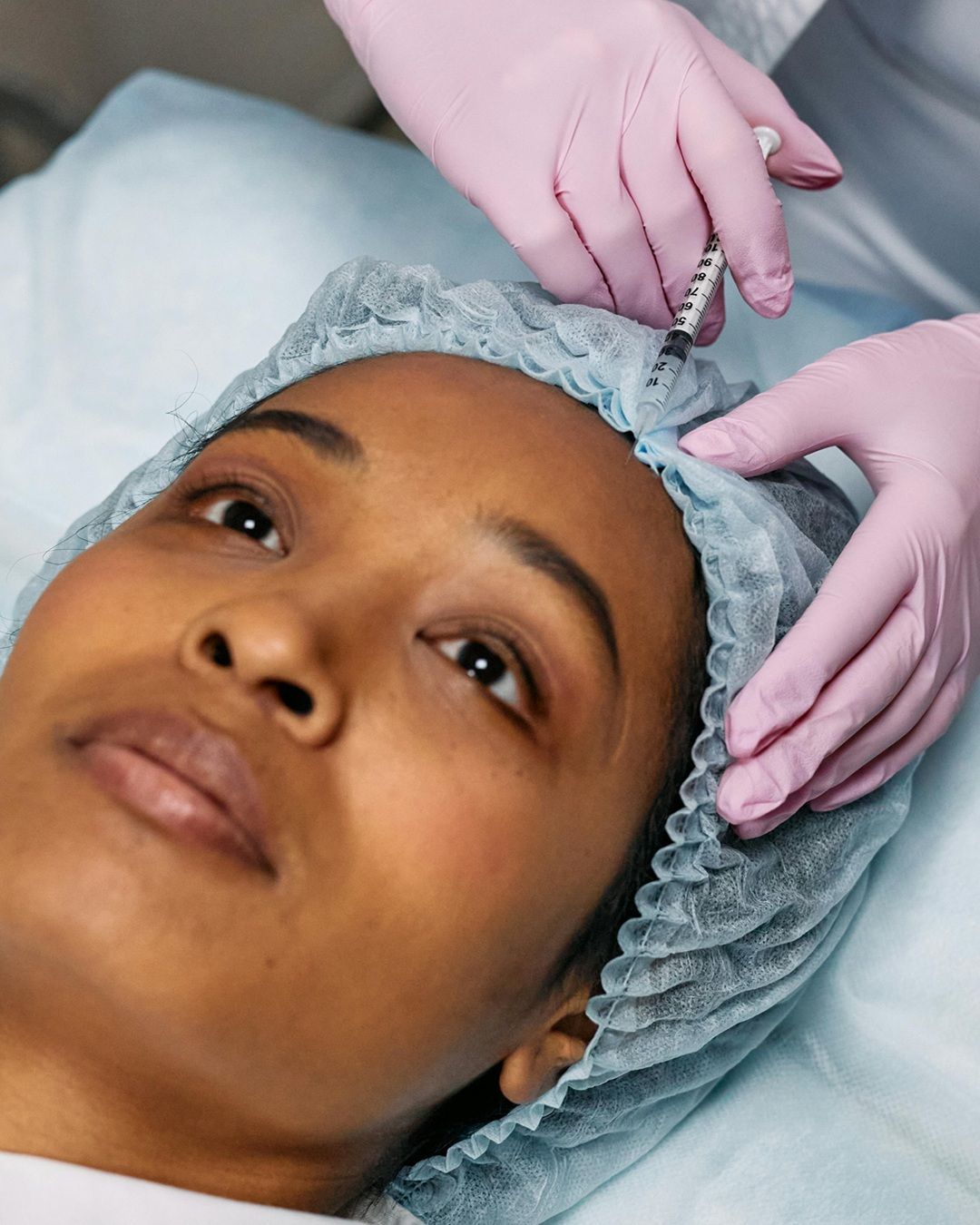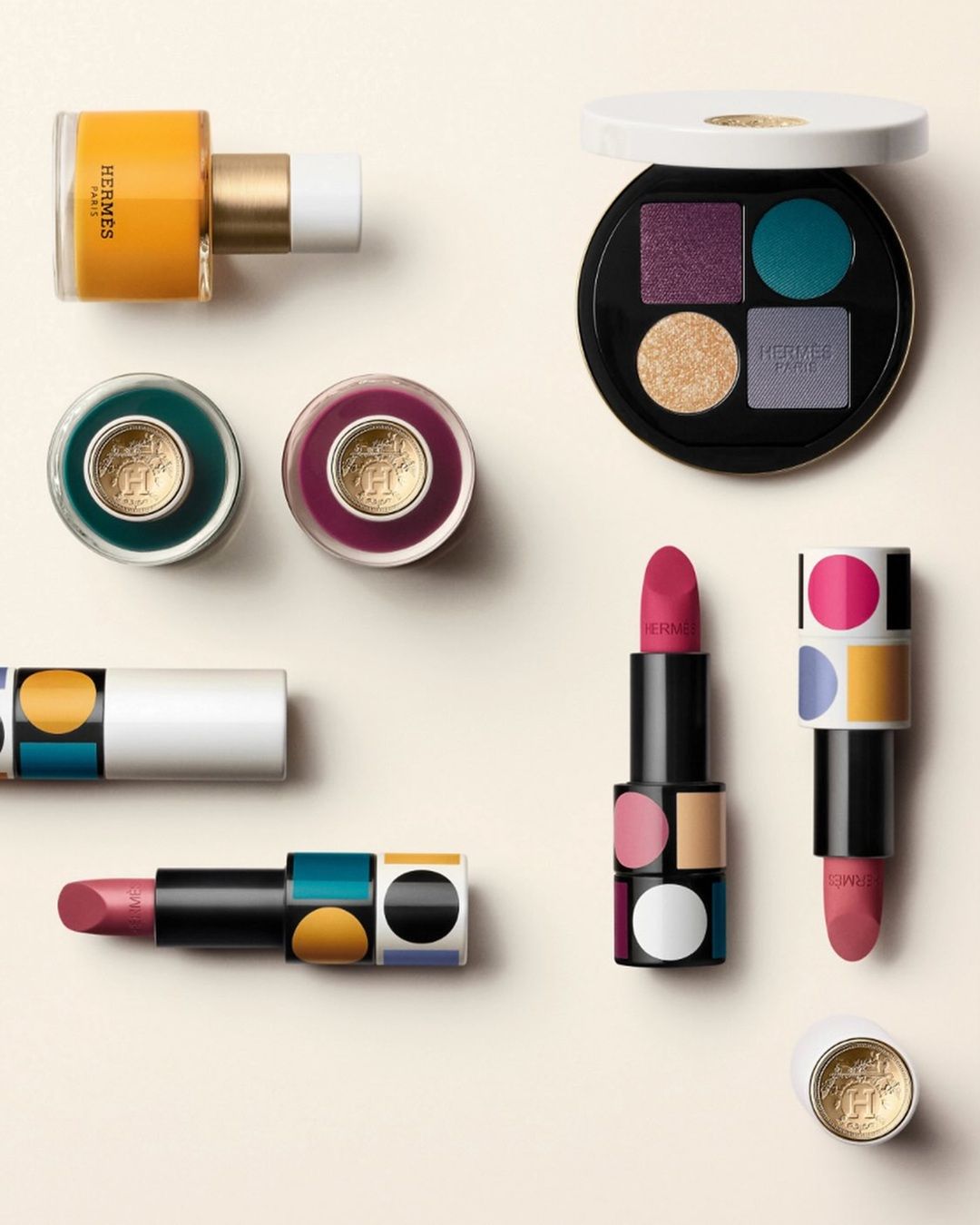
Beauty tutorials are still our favorites (And the most powerful content in the beauty world)
The beauty world surrounds us. We see advertising campaigns around the city, at tram stops, and on television. We open social media and continue to consume them in various forms of content. For example, there are Get Ready With Me videos, where a girl (usually an influencer) does her makeup for a special occasion and shares not only the products she's using but also insights into her life, makeup habits, and skincare routines, essentially chatting with her followers. Then there are Get Unready With Me videos, which focus on makeup removal products (and are quite satisfying), and of course, beauty tutorials. Less chatty, more technical. These originated on YouTube, often quite lengthy. They've taught us how to apply eyeliner, shape our noses with contour, how to layer creams and powders, and how to use serums, peels, and exfoliants.
The beauty world is constantly changing, but...
As the beauty landscape shifts from makeup to skincare (and hybrid forms of products that both beautify and care for the skin), the content changes alongside it, expanding, shortening, blending, hybridizing, and trying to meet the demands of an increasingly discerning and informed audience. In the United States, the skincare and aesthetic medicine sector is growing so much that it's creating new jobs. At the same time, multi-brand online shops are struggling and resorting to offline experiences to retain customers, while AI-generated reviews tend to make reviews less reliable. In short, it's a world that's inherently dynamic, vibrant, and fluid. What remains constant, amid this chaos of good and bad movements, is our loyalty to beauty tutorials. And the economic value they continue to hold.
Beauty tutorials generate economic and advertising value
Indeed: according to CreatorIQ, creators and influencers who publish tutorials still generate the highest overall value (EMV, Earned Media Value) for beauty brands. What does this mean? EMV refers to the monetary value derived from the exposure a brand receives when collaborating with an influencer. Essentially, it's a way of measuring the advertising value of content obtained through exposure. For example, according to Influencity, Kim Kardashian - one of the most powerful entrepreneurs and influencers in recent years - has an EMV of over $600,000, meaning that each of her posts in collaboration with a brand provides approximately $600,000 in advertising value to that brand.
@alixearle miami alix is back
original sound - Alix Earle
The most powerful beauty influencers of the moment
Kim Kardashian is certainly not the only one. In fact, the focus of this beauty economy - and the influencer marketing system closely tied to it - has shifted from YouTube to Instagram and then landed on TikTok. It's on this platform that the most powerful creators work today, some of whom even have more followers there than on Instagram. Some names? Monet McMichael, Alix Earle, Anjeni Khusul. Among other high-EMV earners mentioned by Alexander Rawitz, director of content marketing at CreatorIQ, are Lisa Joy, Shima Katouzian, Anthony Claxton. And also: Lindsey Rowley, Stephanie Valentine, Jooshica, Charlotte Barker, Adi Malnick, and Karen Gonzalez.























































